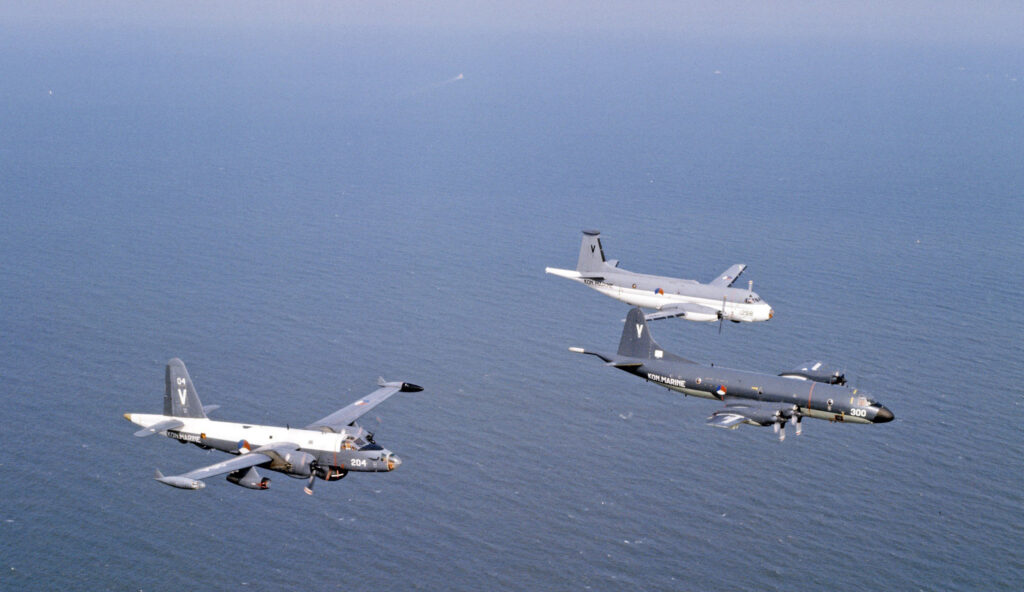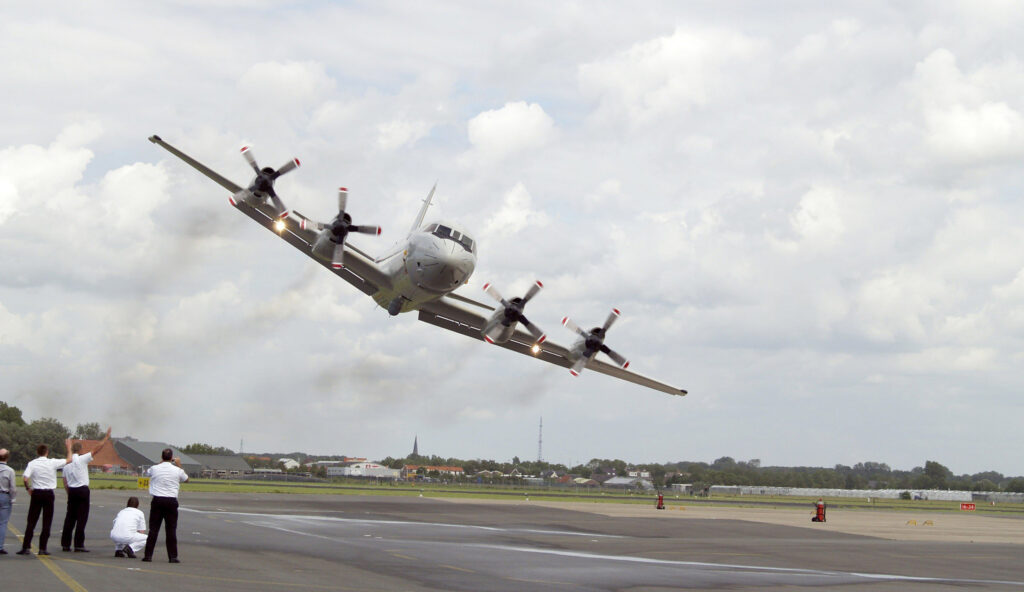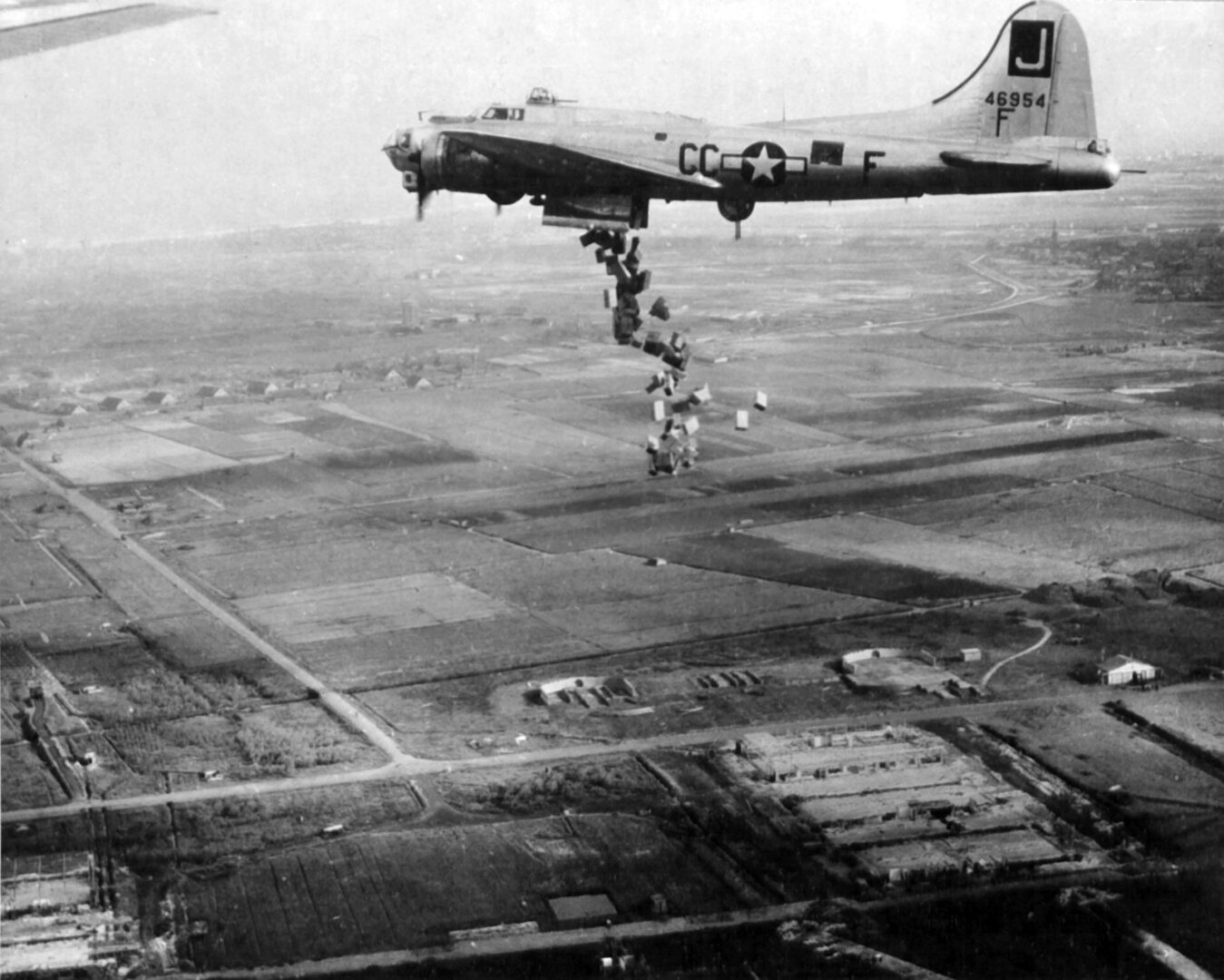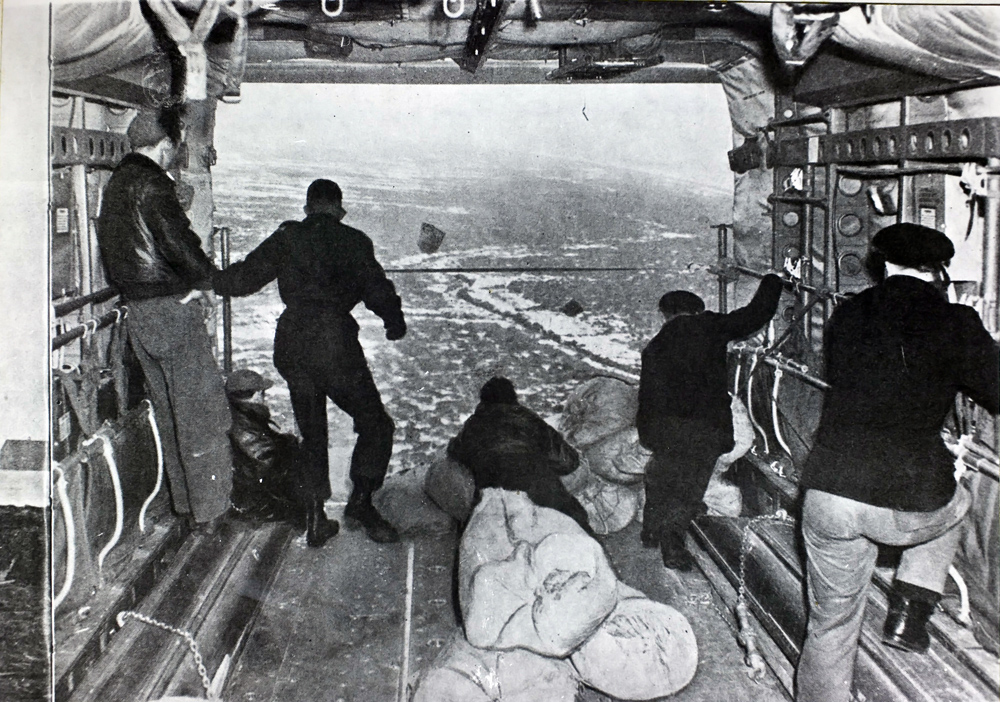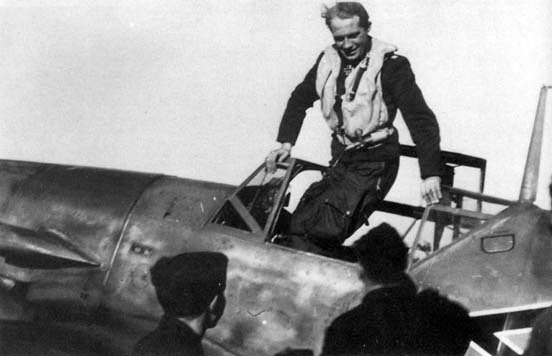Valkenburg Airbase: a short history
When Valkenburg Airbase was closed in 2006, it had only existed for 67 years: very short compared to the period when the Romans had their base in the area. Their castellum stood there for more than two centuries.
The Romans defended their northern border there, but why was this place so suitable for an airbase? Until the mid-1930s, the activities of Dutch military aviation were concentrated on Soesterberg. Defense no longer thought that justified. There was not enough space there for all the planes that had already been ordered and you also made it very easy for an enemy. By 1936, 30 aircraft had already been moved to Schiphol Airport. A year later, the construction of an airbase near Bergen (North Holland) was started. For a third airbase, preference was given to the area near Katwijk and Valkenburg. An excellent location, because there was a need for an airbase near the seat of government in The Hague. A report in the English magazine Flight dated September 14, 1933 shows that the area had previously been in the picture as a location for an airbase.
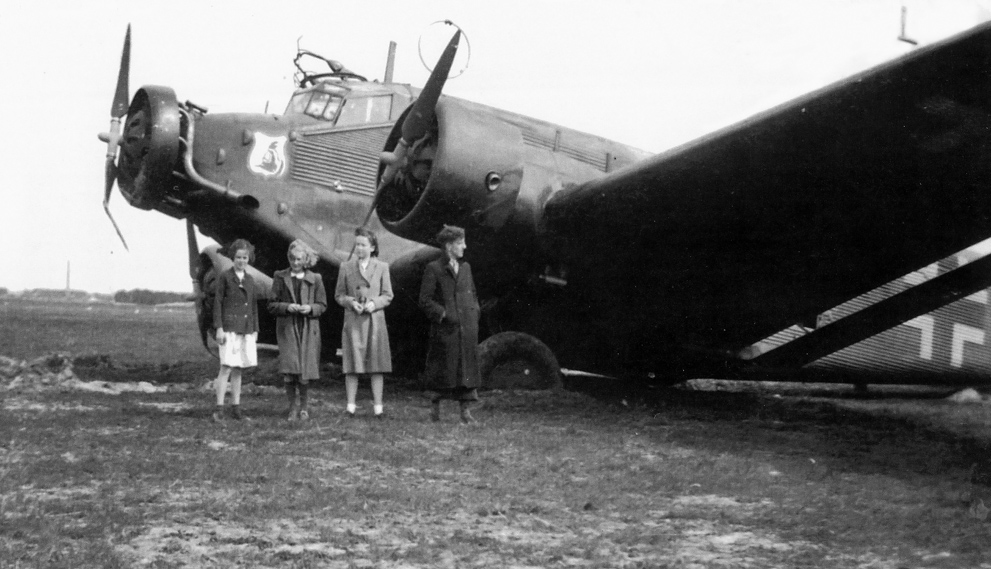
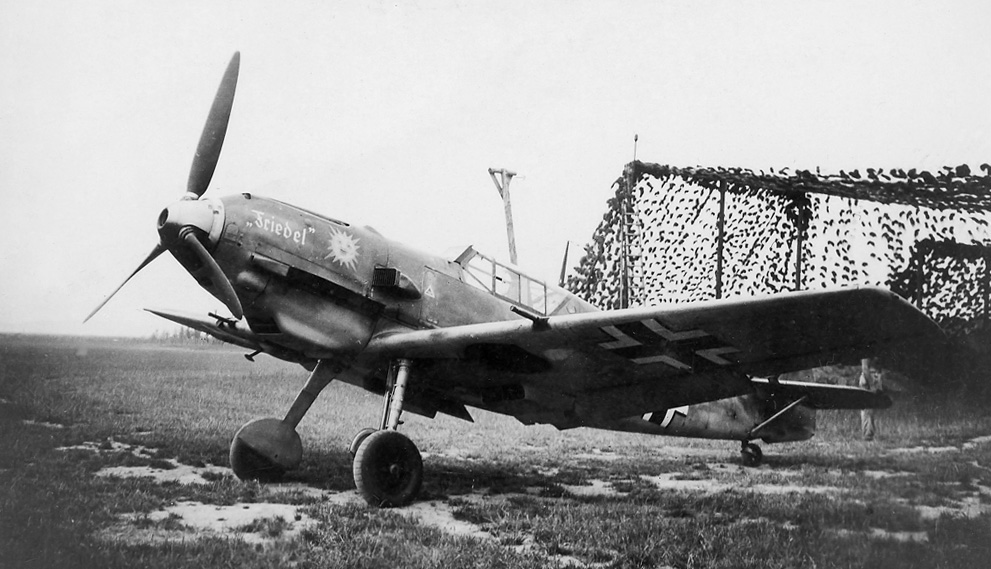
Things went differently. On May 10, 1940, a few months before Valkenburg airbase was to be completed, German paratroopers and more than 50 Junkers Ju 52 landed on the field. During the ensuing battles, the Dutch army managed to recapture the terrain and destroy or seriously damage many stranded German aircraft. After the capitulation, the occupiers completed the airfield and took it into use. ‘Flugplatz Katwijk’ became a home base for fighter aircraft such as the Messerschmitt Bf 109, Bf 110 and Focke-wulf Fw 190. They were withdrawn to the east in 1943 because the airfield was too vulnerable to air raids due to its location on the coast.
New beginning
After the war, the British Royal Air Force took care of the airfield. He repaired it and put it to use. In 1946 the Dutch Air Forces (LSK) took over. Because the Naval Aviation Service (Marineluchtvaartdienst, MLD) no longer had a usable base in the Netherlands, Valkenburg was transferred to the Navy on September 15, 1947. Henceforth, the airport would be called Navy Airbase Valkenburg. The base grew rapidly and the number of stationed aircraft increased rapidly. The first naval aircraft at Valkenburg included Fairey Fireflies, Hawker Sea Furies, North American B-25 Mitchells, Grumman Avengers and Consolidated PBY-5A Catalinas.
During the flood disaster in February 1953, the airbase played an important role in the rescue work. It served as a center for the Search and Rescue Service. In addition, Valkenburg was a base for many aircraft that were used in disaster relief. The then only helicopter in the Netherlands, a Sikorsky S.51, was in service with the MLD at Valkenburg. Many people were saved with this helicopter.
Valkenburg was also the shore base for the planes and helicopters of Hr.Ms. Karel Doorman. When the aircraft carrier was in port, Valkenburg was full of planes, of as many as eleven squadrons. Thanks in part to the Doorman, those two decades were the golden age of the MLD and Valkenburg airfield. When the ship was decommissioned in 1968, things quickly calmed down at the airfield. The number of aircraft types was gradually reduced to two: the Lockheed SP-2H Neptune and Breguet Br.1150 Atlantic. Both had anti-submarine warfare as their most important task. Only three squadrons remained: 2, 320 and 321.
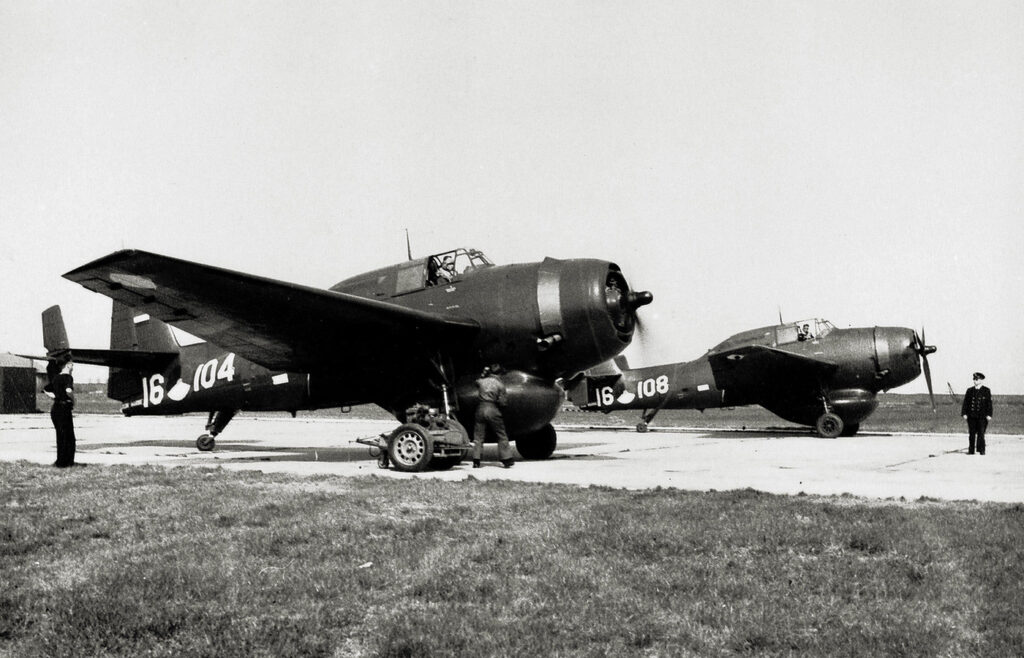
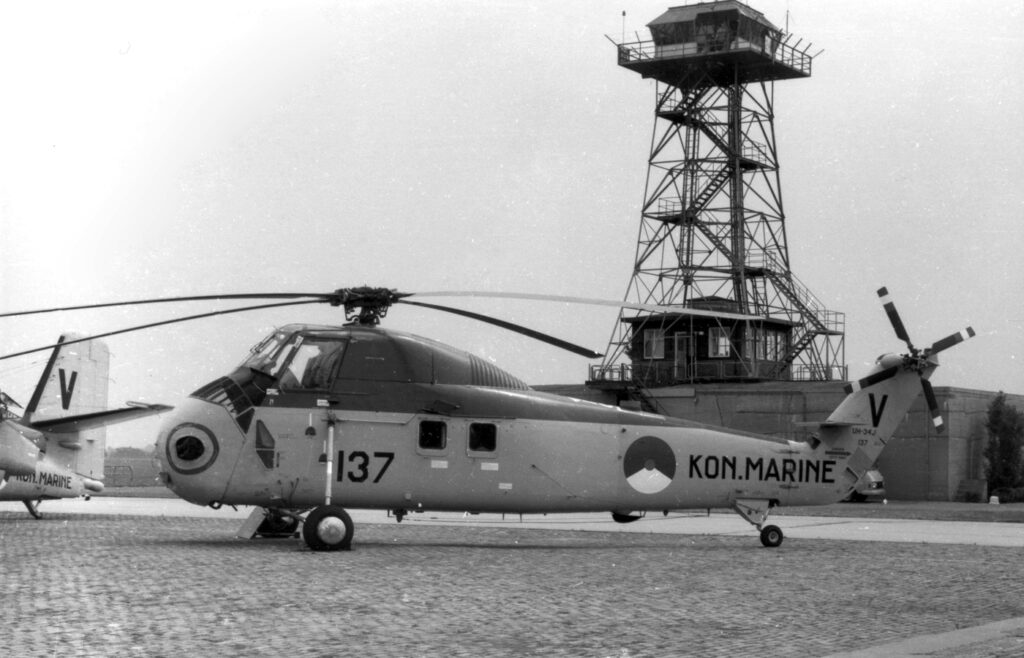
Modernization and closure
Between 1980 and 1982 the base was thoroughly modernized for the arrival of thirteen Lockheed P-3C Orions. They replaced the aging Neptunes in 1982 and the Atlantics in 1984. The Atlantics were withdrawn from service after a third emergency landing at sea, this time resulting in three deaths. Only squadrons 320 and 321 remained and the workforce dwindled to approximately 800. In 1990 Valkenburg was designated as a government airport and thus a reception place for foreign heads of state and dignitaries.
In the 25 years since the end of the Cold War around 1990, defense spending has continued to be cut back. Ultimately, the Marineluchtvaartdienst and the airbase also fell victim to this. On January 14, 2005, the last squadrons were withdrawn from service and the newly modernized Orions were sold to Germany (eight) and Portugal (five). After that, the airbase closed its gates for good.
